Search Product
Search here for what you are looking for:
Search here for what you are looking for:

Liriomyza, belonging to the family Diptera. Mainly harmful to oil wheat, lettuce, cabbage, cucumber, tomato, soybean, watermelon, beans, loofah and other vegetable crops.
1.Hazards on long beans
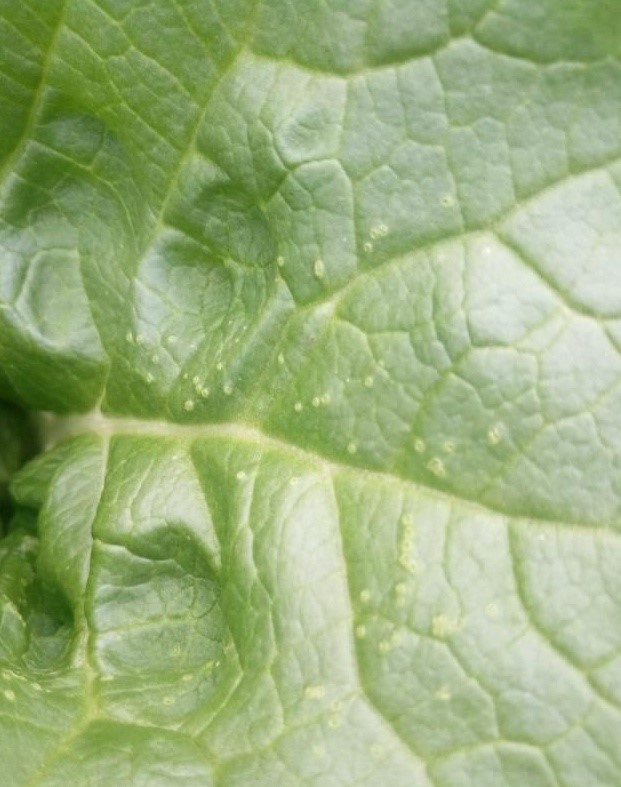
2.Hazards on celery, mainly caused by larvae
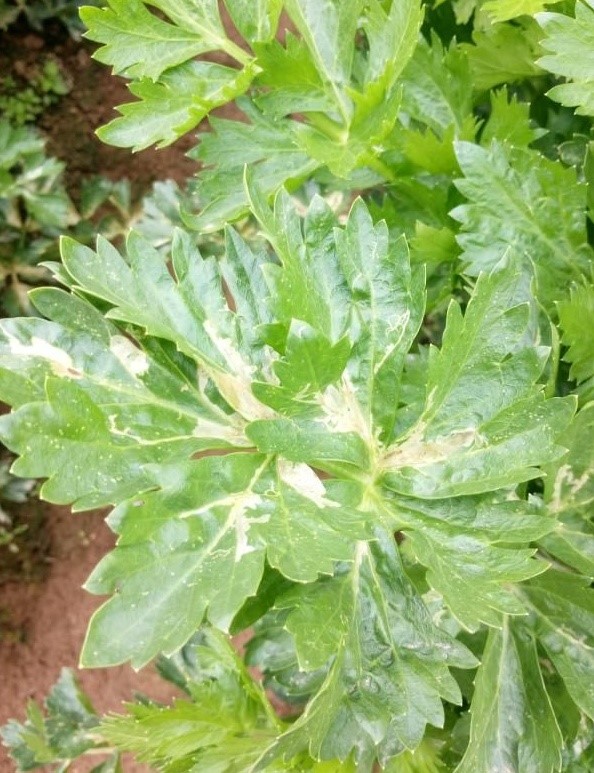
3 . Hazards on leaf lettuce
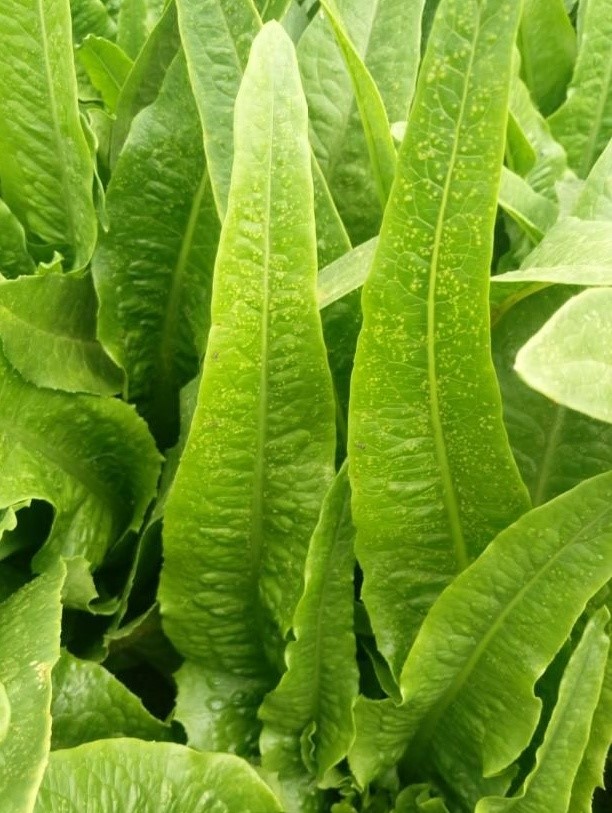
4. Hazards on cabbage
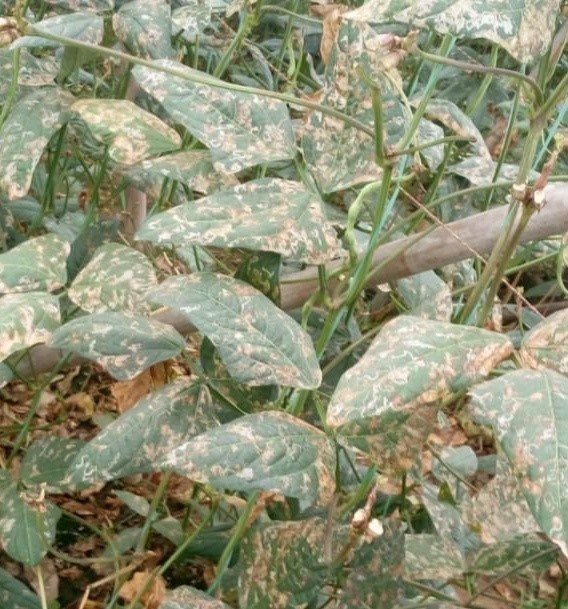
Living habits of Liriomyza
The adult larvae are about 2 mm long; the larvae have a maximum body length of 3 mm and a grub shape. The adult uses an ovipositor to make a small mouth on the foliage of the plant, and absorbs the juice inside. The female lays the egg under the epidermis of the wound. The eggs hatch in 2-5 days, and the larval stage is 4-7 days. The terminal larvae bite the epidermis and pupate the leaves outside the leaves or under the surface. The larva turn into adult 7-14 days, 2-4 weeks in summer, and 6-8 weeks in winter.
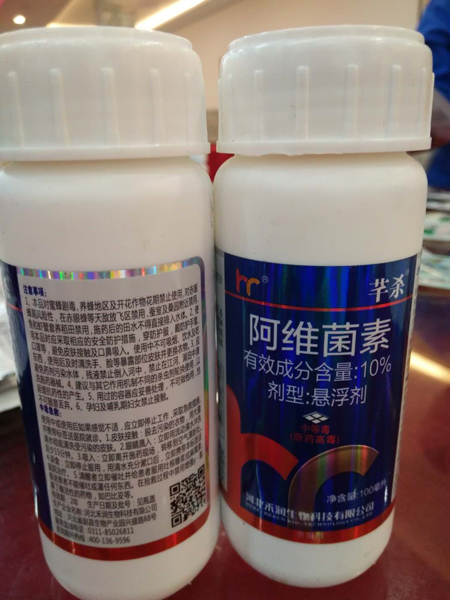
Insecticides for controlling Liriomyza
Now insecticides applied on vegetables tend to low-toxic products, such as abamectin, lambda-cyhalothrin, bacillus thuringiensis.
However, solely using a kind of insecticide will result in resistance on crops, it would bring a better controlling effect if these products matched together and applied scientifically.